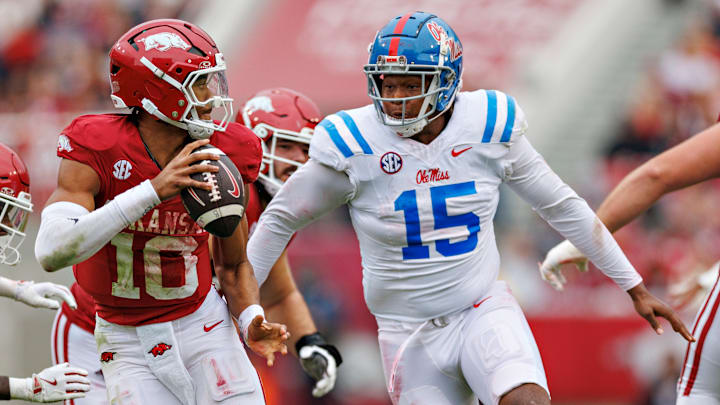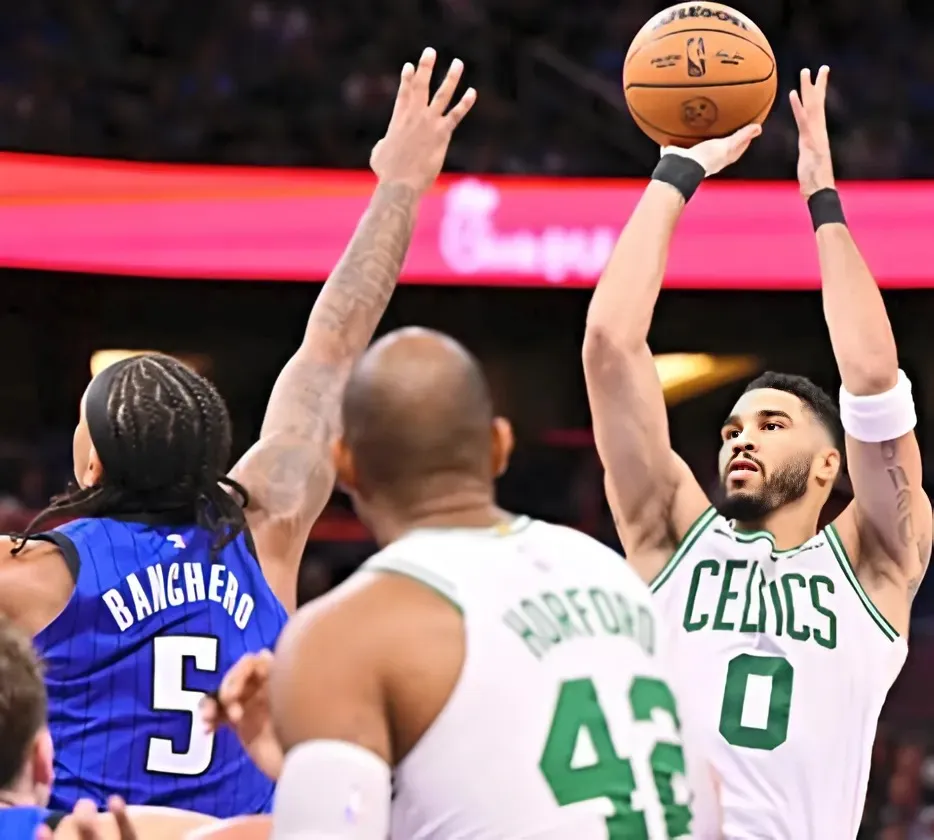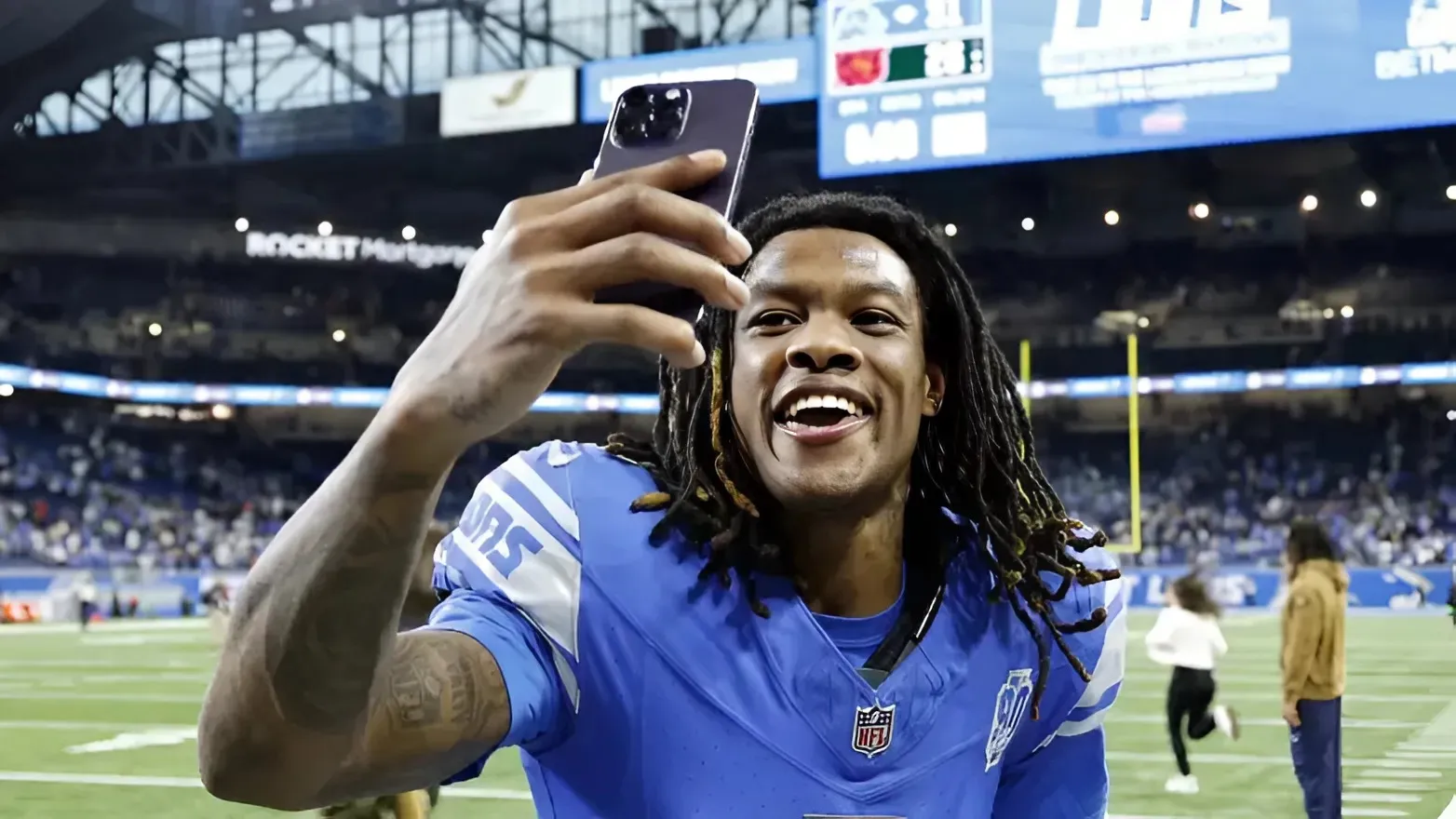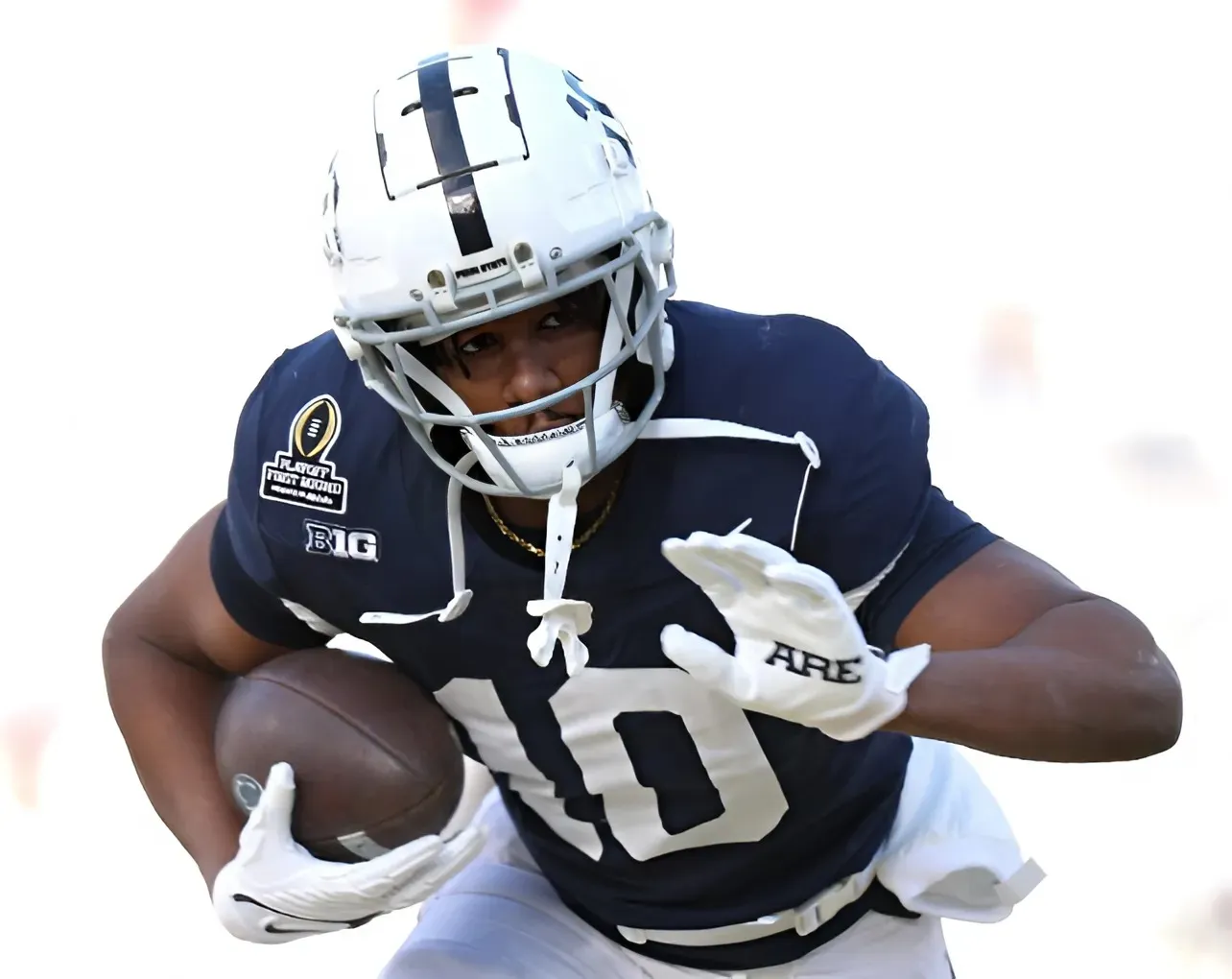The NFL is a copycat league, and if teams have learned any lesson from the recent success of the Philadelphia Eagles, it’s this: never stop adding to your defensive front. Going into the draft, the Seattle Seahawks already had a quality line with Leonard Williams, Jarran Reed, Byron Murphy, and DeMarcus Lawrence in the hybrid edge role.

They added a versatile inside/outside rookie in Rylie Mills on day three of the draft, to go alongside several young developmental prospects.
But Williams, Reed, and Lawrence are all getting on in years, and John Schneider knows he has to keep adding to the mix. With that in mind, the Seahawks’ GM scooped one of the best undrafted free agents (UDFA) on the market immediately after the draft.
Jared Ivey might be a fantastic fit with the Seattle Seahawks
UDFAs are usually long shots to make a roster, but Jared Ivey, from Ole Miss, has the athleticism to win a spot. And he couldn’t have chosen a better coach to play for than Mike Macdonald. Seattle’s head man has worked wonders with just this type of player in the past.
Ivey is a 6’6”, 274-pound classic defensive end. After a standout high school career in both football and basketball, he spent two undistinguished years at Georgia Tech before settling in at Mississippi. He thrived against SEC competition, totaling 12.5 sacks and 22 tackles-for-loss over his final two seasons.
Given his NFL frame and solid production, most analysts had him pegged as a round-five talent.
But draft day came and went, and Ivey’s name wasn’t called. In trying to figure out why, the most obvious answer comes from his testing scores in the runup to the draft. Though he looks the part, Ivey doesn’t test well. His 40 time is awful.
You can see some of that when he plays. He is not a nimble athlete with quick feet. But don’t let a 40 time, or even a 3-cone time (a more accurate barometer for edge rushers), convince you that what you see on film is wrong.
Ivey may not have the lightning burst you want to see from your edge rusher, but he is fast enough. Combined with the good power and the leverage he derives from his long frame, Ivey has more than enough to knock linemen backwards. He will need refinement, but Jared Ivey has the physical tools to be an effective sub-package pass rusher early in his career.
What makes Ivey more intriguing is the fact that he can become more than a third-down specialist. By his final year in Oxford, Ivey was lining up almost exclusively outside the tackle. But he had lined up all across the line earlier, and he showed the functional strength and leverage to play inside as well. His long arms and ability to diagnose plays make him an effective run stopper on the edge.
This has been precisely the type of versatile end Mike Macdonald has favored. In Baltimore, he had a lot of ends who fit Ivey’s profile. At this point, he does not have the explosiveness of Nnamdi Madubuike or the raw power of Brent Urban, but he’s still a young player with room to grow.
The player they drafted, Rylie Mills, has similar qualities, and does so as a young vet, like Mike Morris. When the numbers get counted before the final roster is set, Ivey could be the odd man out in that grouping. If so, he would be a likely candidate for the practice squad, provided some other team doesn’t snap him up.
Regardless of where he ends up, the signing of Jared Ivey makes it clear that John Schneider considers replenishing his defensive line a priority. And that is a sage move.



